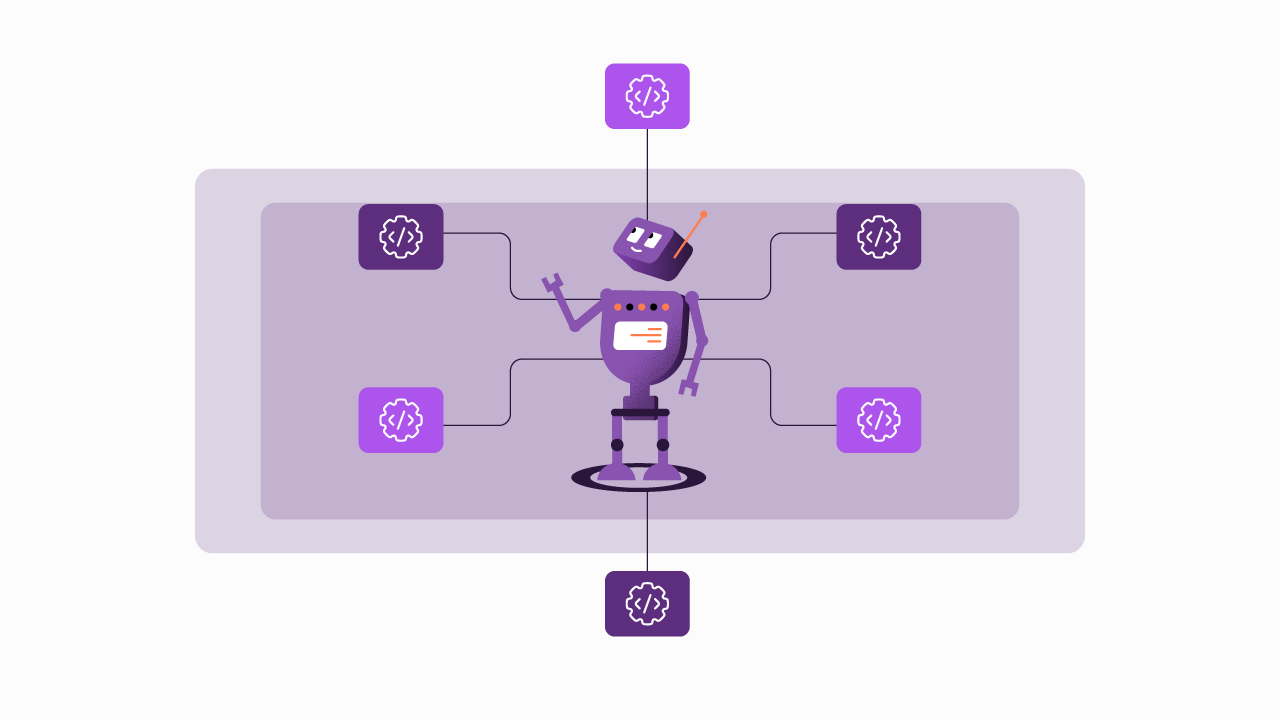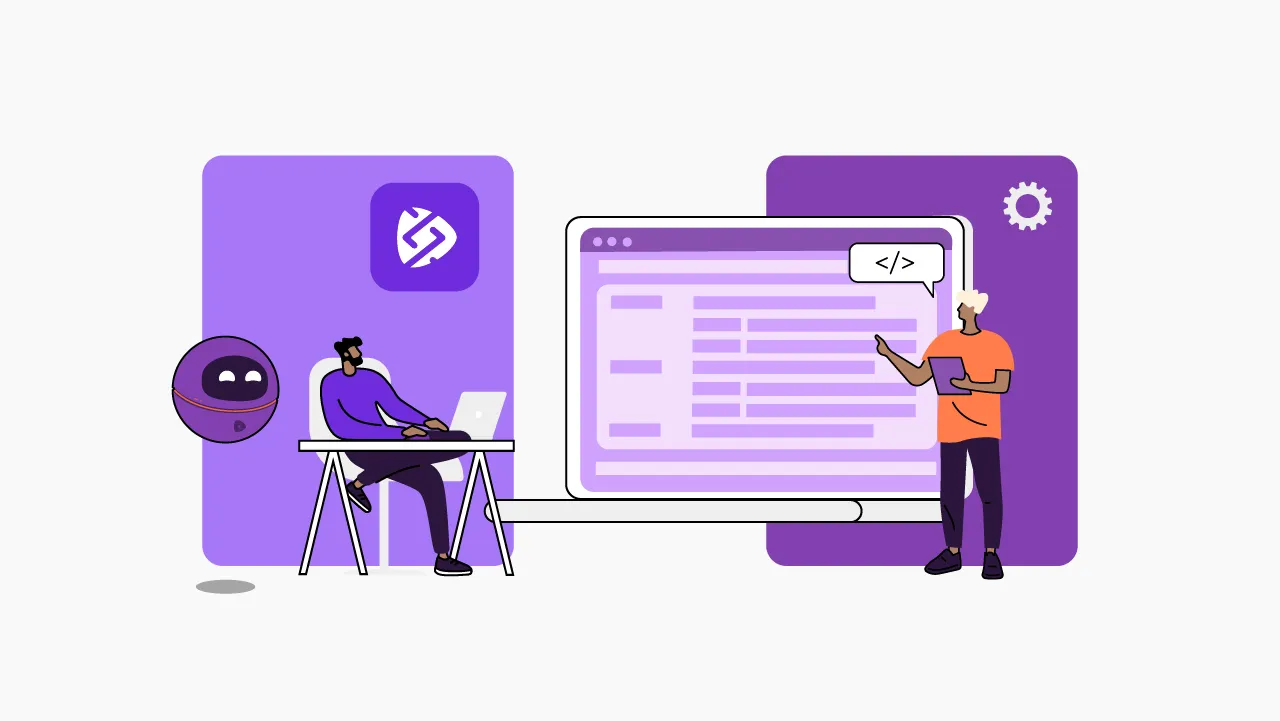API Monetization in the Age of AI: From Infrastructure to Business Model
APIs have evolved from technical plumbing into strategic assets. Whether powering mobile apps, partner integrations, or internal platforms, they've become the backbone of innovation and growth. With the rise of artificial intelligence and data-driven ecosystems, the opportunities to monetize APIs have never been greater than it is today.
APIs as Products, Not Just Interfaces
Traditional development treated APIs as extensions of a core product, but that mindset is outdated. In an API-first world, your API is the product, designed to generate value, drive engagement, and scale your business logic across digital ecosystems.
This shift demands a product-oriented approach to API design:
Who's your consumer? Internal teams, partners, external developers, IoT devices, and increasingly, non-human agents like AI engines.
What problems does your API solve? Does it accelerate time-to-market for frontend teams? Enable partner onboarding? Feed real-time data to AI models? Or allow agents / machines to act on behalf of users?
How does usage translate to business value? Whether through direct monetization, efficiency gains, or ecosystem expansion, every API interaction, human or automated, should tie back to a measurable outcome.
A well-structured API strategy aligns business objectives with technical implementation from day one. When executed properly, it unlocks monetization potential across every layer of your architecture.
Monetization Models That Work
There's no one-size-fits-all approach. The right model depends on your API's purpose and the consumers it serves. Here are the most common strategies:
1. Subscription: Ideal for predictable usage. Consumers pay a monthly or annual fee based on access tier or feature set.
2. Freemium: Offer basic functionality for free to drive adoption, with paid upgrades for advanced use cases.
3. Pay-per-Transaction: Perfect for high-value, event-driven APIs like payments, booking engines, or fraud detection.
4. Partner Revenue Share: APIs that generate indirect value (e.g., affiliate bookings, data referrals) can be monetized through revenue-sharing arrangements.
5. Pay-as-You-Go: Flexible, usage-based pricing in real time. Attractive for startups and fluctuating or seasonal demand scenarios.
6. Data Monetization: Offer exclusive analytics or proprietary datasets via APIs, especially valuable in AI or fintech applications.
Related article: The AI Integration Blueprint for Governing AI with MCP and Modern API Management
AI: The New Frontier of API Monetization
The explosion of generative AI and intelligent agents is redefining how companies expose and monetize capabilities through APIs. What started as simple API access to AI models is evolving into a broader trend: embedding AI-driven decision-making and automation into digital ecosystems.
According to Gartner®, "more than 40% of Agentic AI projects will be canceled by the end of 2027 due to rising costs, unclear business value, or inadequate risk controls." Additionally, the Top Data & Analytics Predictions report states that "by 2027, 50% of business decisions will be augmented or automated by AI agents focused on decision intelligence." This highlights both the enormous potential and real risks of poorly designed AI initiatives.
Exposing AI functionality, LLMs, recommendation engines, or risk models, through APIs enables controlled access, scalability, and monetization. We've already seen this model thrive with players like OpenAI, which charges per token via API, and countless startups offering fraud detection, personalization, or summarization through metered endpoints.
The challenge is operational: monetizing AI-driven APIs requires capabilities beyond traditional API management:
- High-capacity, low-latency infrastructure
- Token-based billing models
- Dynamic quotas and rate limiting
- Governance to prevent misuse of sensitive or biased models
As companies explore AI adoption, APIs become the programmable, governable surface that connects model output to real-world execution, offering a viable path to value creation—or at least experimentation at scale.
Related content: Accelerating Integration Through AI-Powered Expert Services
From API Infrastructure to Business Model
To build a successful API monetization program, organizations must follow a structured path:
1. Map your existing APIs: Identify which ones deliver differentiated value.
2. Understand your consumers: Internal teams seek productivity; partners want enablement; customers focus on outcomes.
3. Analyze competitors: Are your APIs market-ready? How do they compare in value and user experience?
4. Define your monetization model: Subscription? Pay-as-you-go? Data resale?
5. Implement with the right platform: A robust API platform ensures security, scalability, and visibility.
Final Thoughts: Monetization Is About Value Exchange
The biggest mistake teams make is confusing monetization with billing. The real goal is value exchange. Not every API needs a price tag, but every API should generate savings, enable revenue, or improve the experience.
As APIs become your company's programmable surface and AI models are delivered as services, the ability to transform these interactions into revenue (direct or indirect) will be your competitive differentiator.
Want to learn how AI is embedded in Sensedia's solutions? Visit our Enterprise AI Adoption page
Begin your API journey with Sensedia
Hop on our kombi bus and let us guide you on an exciting journey to unleash the full power of APIs and modern integrations.
Related content
Check out the content produced by our team.
Embrace an architecture that is agile, scalable, and integrated
Accelerate the delivery of your digital initiatives through less complex and more efficient APIs, microservices, and Integrations that drive your business forward.





.svg)




.png)

